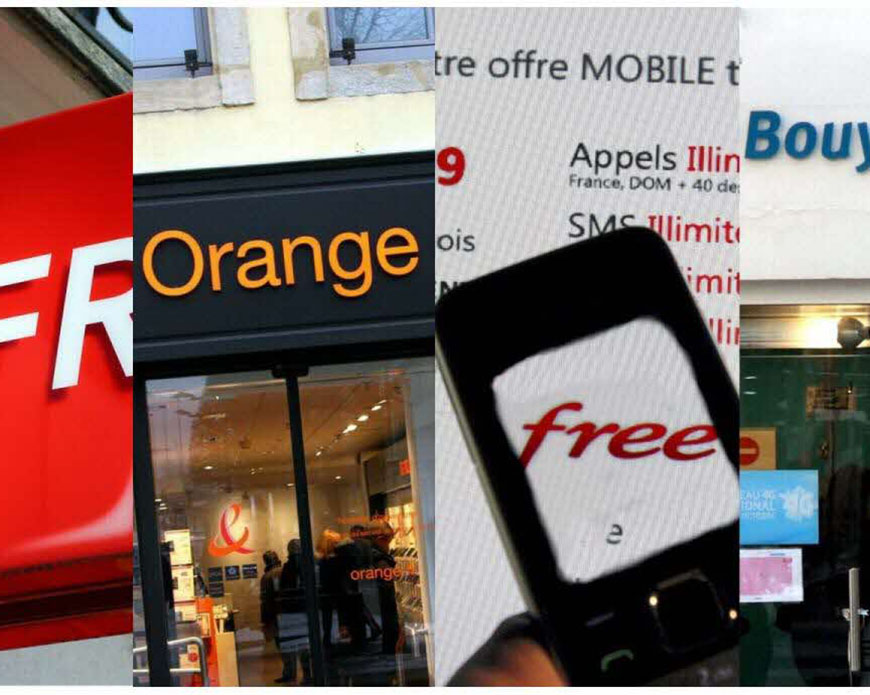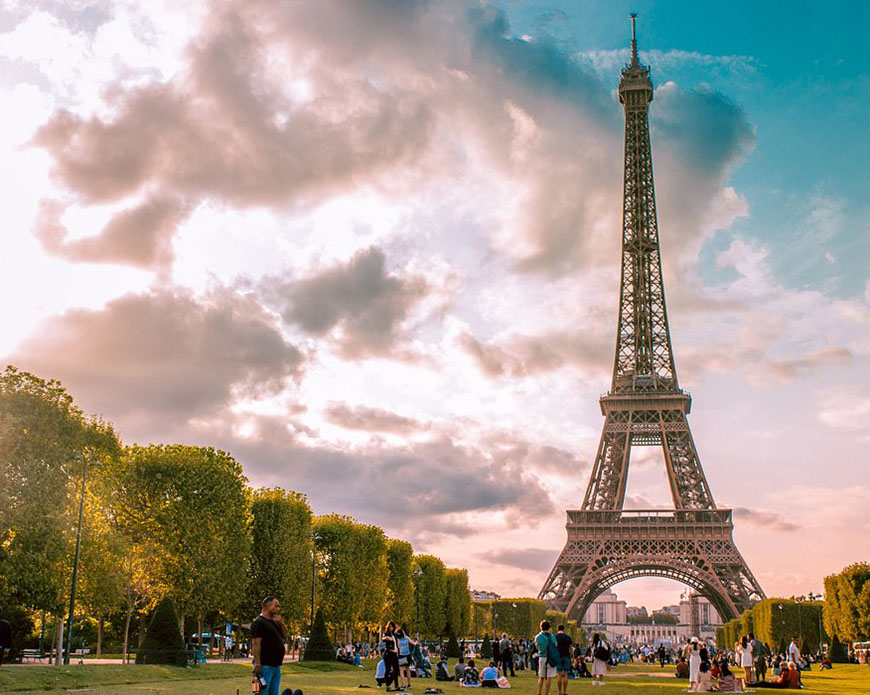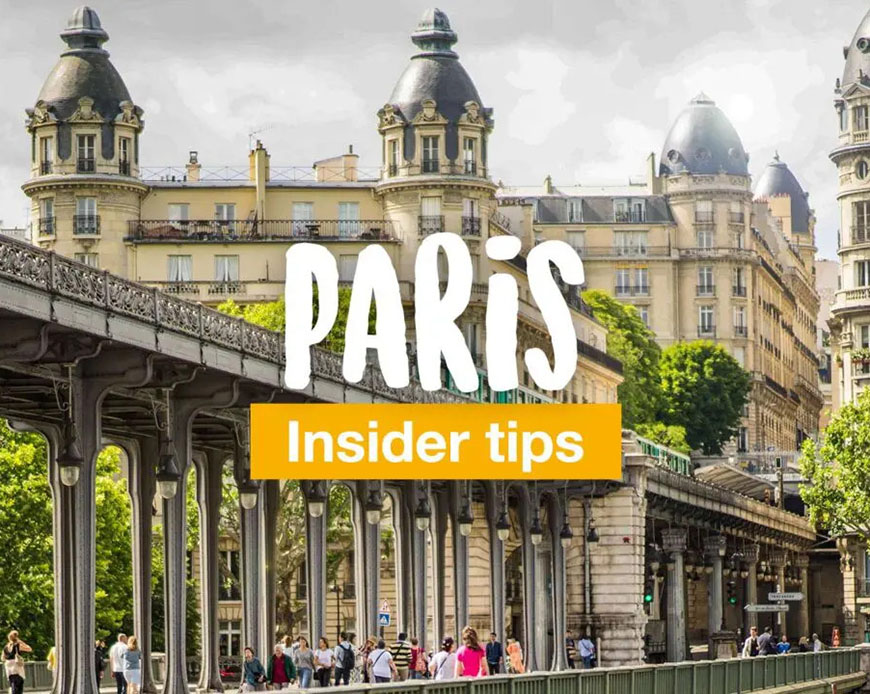Paris, the City of Lights, has always been at the top of my travel bucket list. Known for its romantic ambiance, iconic landmarks, rich history, and exquisite cuisine, Paris promises an unforgettable experience.
I embarked on a journey to Paris with great excitement and meticulous planning. This blog will guide you through my experiences, from essential travel preparations to exploring the city’s heart, offering insights into local customs and practical tips to make your Parisian adventure smooth and enjoyable.
Preparing for the Trip
Travel Gear
When packing for Paris, I focused on comfort and style. Parisian fashion is effortlessly chic, so I packed versatile outfits that could transition from day to night with ease. Here’s a breakdown of my essential travel gear:
- Clothing: Comfortable walking shoes, stylish yet comfortable outfits, a lightweight raincoat, and a few formal pieces for dining out. I opted for neutral colors that could be mixed and matched.
- Accessories: A compact umbrella, sunglasses, a hat, and a scarf. Scarves are a staple in Parisian fashion and can instantly elevate any outfit.
- Technology: A universal adapter, portable charger, DSLR camera, smartphone with a reliable map app, and noise-canceling headphones for the flight.
- Miscellaneous: A reusable water bottle, a small backpack for daily excursions, travel-sized toiletries, and a good book for downtime.
Appropriate Attire
Paris is known for its stylish residents, and blending in with the locals can enhance your experience. For men and women alike, opting for smart-casual attire is a safe bet. Avoid overly casual outfits like shorts and flip-flops, especially when visiting upscale restaurants or museums. Here are some wardrobe tips:
- For Women: Dresses, skirts, tailored pants, blouses, and chic flats or low-heeled shoes. A classic trench coat or a stylish blazer is perfect for cooler evenings.
- For Men: Well-fitted jeans or trousers, button-up shirts, polos, and comfortable yet stylish shoes. A light jacket or a blazer is ideal for layering.
Currency Exchange
The official currency in Paris is the Euro (EUR). I recommend exchanging some currency before your trip for convenience upon arrival. However, withdrawing cash from ATMs in Paris often provides better exchange rates. Inform your bank about your travel plans to avoid any issues with your cards. Additionally, carrying a mix of cash and cards is advisable, as some smaller establishments may not accept credit cards.
Getting a Local SIM Card
Staying connected is crucial for navigation and communication. Upon arrival at Charles de Gaulle Airport, I headed to one of the mobile provider kiosks to purchase a local SIM card. Major providers like Orange, SFR, and Bouygues Telecom offer prepaid SIM cards with data plans suitable for tourists. I chose a plan with sufficient data for maps, social media, and occasional video calls. The process was straightforward, and I had my phone up and running within minutes.

Understanding Local Etiquette
Important Customs and Etiquette
Parisian etiquette is rooted in politeness and respect. Understanding and adhering to local customs can greatly enhance your interactions with Parisians. Here are some key points to keep in mind:
- Greetings: Always greet people with a polite “Bonjour” (good day) or “Bonsoir” (good evening) before engaging in conversation. A friendly “Merci” (thank you) goes a long way.
- Dining Etiquette: Table manners are important. Keep your hands on the table (but not your elbows), and wait for the host to start eating before you do. Tipping is appreciated but not obligatory; rounding up the bill or leaving a small amount is customary.
- Public Behavior: Keep noise levels down in public places. Speaking softly and maintaining a respectful demeanor are appreciated.
- Shopping: When entering a store, greet the staff with “Bonjour” and acknowledge their presence before browsing. This small gesture is considered polite.
Personal Experiences with Local Etiquette
One memorable experience with Parisian etiquette occurred at a quaint café near the Notre-Dame Cathedral. I walked in, eager to try some French pastries. Remembering my research, I greeted the staff with a cheerful “Bonjour.” The barista’s face lit up, and she welcomed me warmly. As I savored my croissant and coffee, we struck up a pleasant conversation about the best local spots to visit. This simple act of courtesy opened the door to a genuine and friendly interaction.
Another instance was during a visit to a local market. As I approached a stall selling fresh fruits, I greeted the vendor and asked for recommendations. The vendor appreciated the effort to speak French, and we ended up having a delightful chat about the seasonal produce. These encounters reinforced the importance of respecting local customs and how they can enrich your travel experience.
Exploring Paris: Must-Visit Attractions
1. The Eiffel Tower: Icon of Paris
Location: Champ de Mars, 5 Avenue Anatole France, 75007 Paris, France.

How to Get There:
- By Metro: Take Line 6 to Bir-Hakeim or Line 8 to Ecole Militaire. The Eiffel Tower is a short walk from either station.
- By Bus: Various bus routes, including 42, 69, 82, and 87, stop near the Eiffel Tower.
Highlights and Experience:
No visit to Paris is complete without seeing the Eiffel Tower. This iconic structure offers breathtaking views of the city from its observation decks. I visited during the late afternoon, staying until dusk to witness the tower’s dazzling illumination. Climbing to the second level provided a panoramic view of Paris, while a trip to the summit offered an unforgettable perspective of the city’s landmarks.
Discounts and Ticket Prices:
- General Admission: Tickets range from €16.60 to €25.90, depending on the level and whether you choose to use the elevator or stairs.
- Discounts: Reduced rates are available for children, youths, and disabled visitors.
Recommendation and Booking Platform:
The Eiffel Tower is a must-see, earning a 10/10 recommendation. Tickets can be purchased online via the official Eiffel Tower website to avoid long queues.
2. The Louvre Museum: A World of Art
Location: Rue de Rivoli, 75001 Paris, France.
How to Get There:
- By Metro: Take Line 1 or 7 to Palais Royal – Musée du Louvre.
- By Bus: Bus routes 21, 27, 39, 68, 69, and 95 stop near the Louvre.
Highlights and Experience:
The Louvre Museum is home to an unparalleled collection of art, including the Mona Lisa, the Venus de Milo, and the Winged Victory of Samothrace. I spent an entire day exploring its vast galleries, marveling at masterpieces from various periods and cultures. The museum’s architecture, particularly the glass pyramid entrance, is a sight to behold.
Discounts and Ticket Prices:
- General Admission: €17 for online tickets and €15 for on-site tickets.
- Free Admission: On the first Saturday of each month from 6 p.m. to 9:45 p.m. and on Bastille Day (July 14th).
Recommendation and Booking Platform:
The Louvre is a treasure trove of art, deserving a 10/10 recommendation. Booking tickets in advance through the Louvre’s official website is highly recommended to avoid long wait times.
3. Notre-Dame Cathedral: Gothic Masterpiece
Location: 6 Parvis Notre-Dame – Pl. Jean-Paul II, 75004 Paris, France.
How to Get There:
- By Metro: Take Line 4 to Cité or Line 1 to Hôtel de Ville.
- By Bus: Bus routes 21, 38, 47, and 85 stop near the cathedral.
Highlights and Experience:
Notre-Dame Cathedral is a stunning example of French Gothic architecture. Despite the ongoing restoration work following the 2019 fire, the cathedral remains a symbol of Paris’s resilience and beauty. I admired the intricate facade, the majestic towers, and the stunning rose windows. Climbing the tower offered a close-up view of the gargoyles and a panoramic view of the city.
Discounts and Ticket Prices:
- General Admission: Free entry to the cathedral. A fee is charged for access to the towers and the treasury.
- Tower Access: Approximately €10.
Recommendation and Booking Platform:
Notre-Dame Cathedral is a must-visit, earning a 9/10 recommendation. For tower access, tickets can be booked through the official website or on-site.
4. Montmartre and the Basilica of the Sacré-Cœur
Location: 35 Rue du Chevalier de la Barre, 75018 Paris, France.
How to Get There:
- By Metro: Take Line 2 to Anvers or Line 12 to Abbesses. The basilica is a short uphill walk from either station.
- By Funicular: A funicular railway runs from the base of the hill to near the basilica.
Highlights and Experience:
Montmartre is a historic and artistic district, famous for its bohemian atmosphere and the Basilica of the Sacré-Cœur. I strolled through the charming streets, visiting art studios, cafes, and the famous Place du Tertre. The basilica itself is a stunning structure with an impressive dome offering a spectacular view of Paris. Inside, the grand mosaics and serene ambiance left a lasting impression.
Discounts and Ticket Prices:
- General Admission: Free entry to the basilica. A fee is charged for access to the dome.
- Dome Access: Approximately €6.
Recommendation and Booking Platform:
Montmartre and the Basilica of the Sacré-Cœur
are highly recommended, earning a 9/10 rating. Dome tickets can be purchased on-site.
Parisian Street Food: Must-Try Delicacies and Safety Tips
Popular Street Foods
- Crepes: Available with sweet or savory fillings, crepes are a quintessential Parisian street food. My favorite spot was La Crêperie de Josselin in Montparnasse.
- Croissants and Pain au Chocolat: These buttery pastries are a breakfast staple. Try them fresh from local bakeries like Du Pain et des Idées.
- Falafel: Head to L’As du Fallafel in the Marais district for some of the best falafel in Paris.
- Baguette Sandwiches: Simple yet delicious, these sandwiches can be found at boulangeries throughout the city.

Street Food Safety Tips
- Choose Busy Vendors: Higher turnover means fresher food.
- Check for Cleanliness: Observe the vendor’s hygiene practices.
- Avoid Raw Foods: Stick to cooked items to reduce the risk of foodborne illnesses.
- Stay Hydrated: Carry a reusable water bottle and drink plenty of water.
Planning Your Trip
Itinerary Planning
Day 1:
- Morning: Visit the Eiffel Tower.
- Afternoon: Explore the Trocadéro Gardens.
- Evening: Seine River Cruise.
Day 2:
- Morning: Louvre Museum.
- Afternoon: Stroll through Jardin des Tuileries.
- Evening: Dinner in the Latin Quarter.
Day 3:
- Morning: Notre-Dame Cathedral.
- Afternoon: Sainte-Chapelle.
- Evening: Walk along the Seine.
Day 4:
- Morning: Montmartre and the Basilica of the Sacré-Cœur.
- Afternoon: Visit the Musée de Montmartre.
- Evening: Enjoy a show at the Moulin Rouge.
Budgeting and Travel Insurance
Budgeting Tips:
- Accommodation: Consider staying in budget-friendly areas like the Latin Quarter or Montmartre.
- Meals: Enjoy affordable meals at bistros, bakeries, and street food vendors.
- Transport: Use the Paris Metro and buses for efficient and cost-effective travel.
- Attractions: Take advantage of free or discounted admission days at museums and monuments.
Travel Insurance:
Investing in travel insurance is crucial for covering unexpected events like medical emergencies, trip cancellations, or lost luggage. I used World Nomads for comprehensive coverage that provided peace of mind throughout my trip.
Paris is a city that captivates the heart and soul with its timeless beauty, rich culture, and unforgettable experiences. From iconic landmarks to charming street food, every moment in Paris is a story waiting to be told. By preparing thoroughly, respecting local customs, and exploring with an open heart, you can create memories that will last a lifetime.



